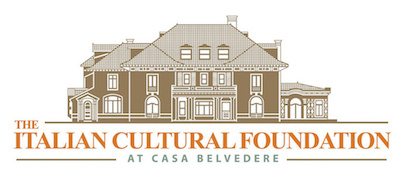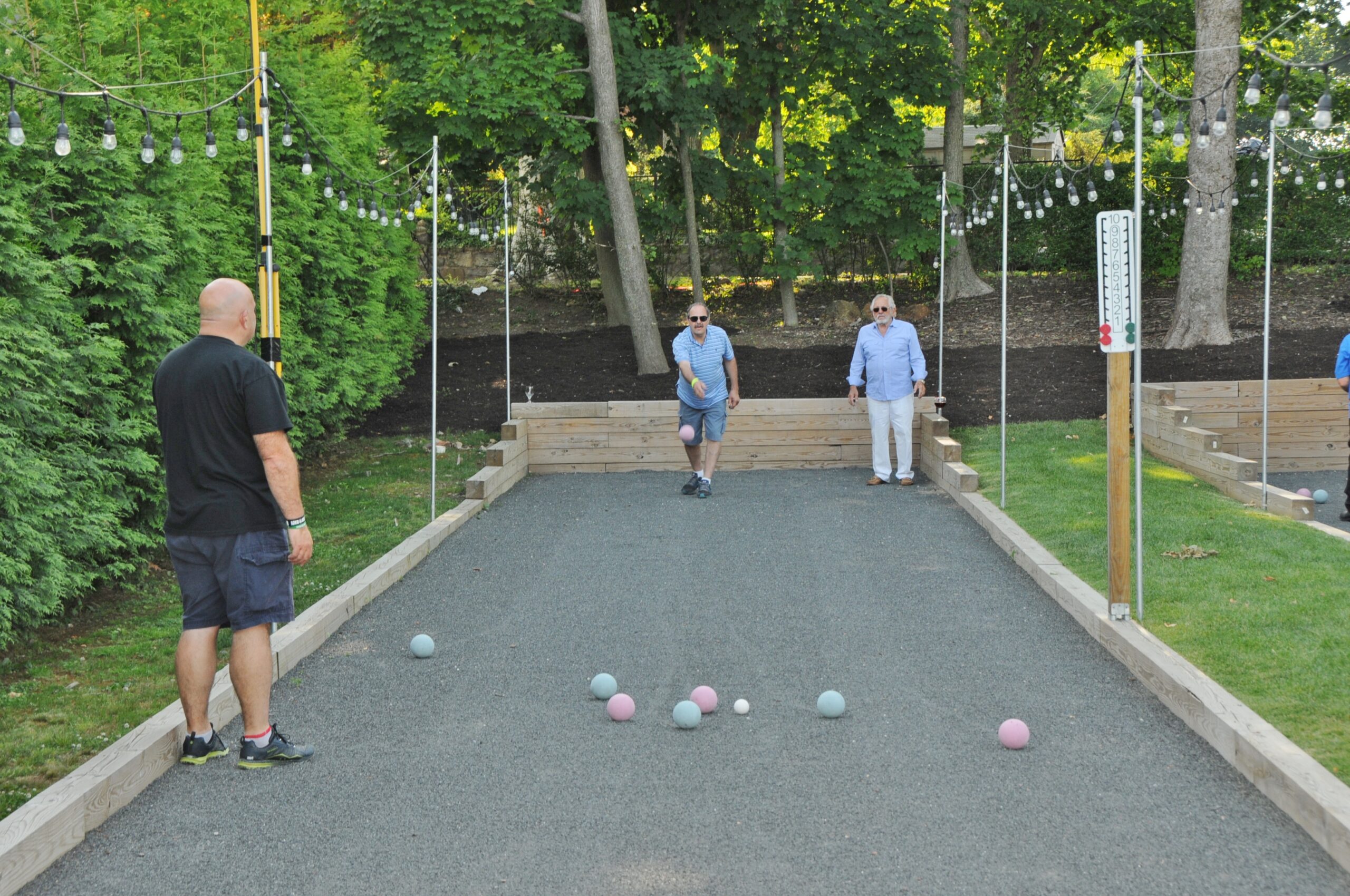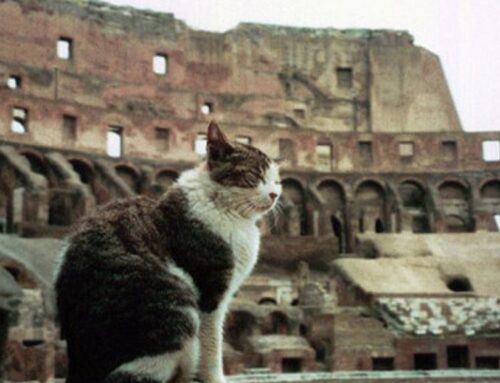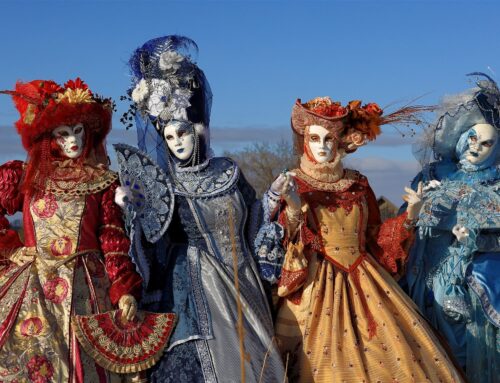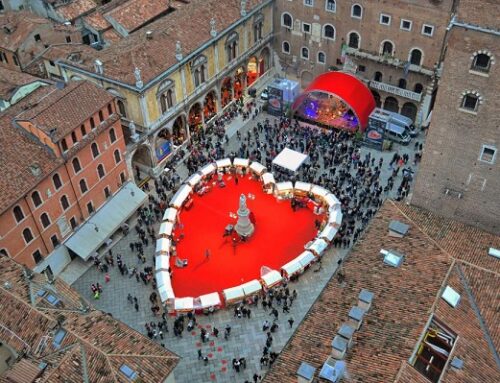Playing bocce on the groomed courts at Casa Belvedere is one of the highlights of membership in the Italian Cultural Foundation – especially among members who play in the seasonal leagues. Here are some interesting facts about the game.
What is bocce?
Bocce started as a street game in ancient times and has become a popular sport for all ages and abilities. Italian immigrants are often credited with bringing bocce to the United States.
The beauty of bocce is that it can be played virtually anywhere, at any skill level. It takes just a few minutes to learn, and those who master the game’s nuances often participate in league play.
The game requires a set of bocce balls, which includes one small pallino (the target ball) and eight larger balls in different colors or patterns. The balls are typically made of hard resin and weigh just over two pounds. Professional leagues sometimes use metal balls.
Who can play bocce?
Bocce can be played at almost any age, from beginner to seasoned pro. The rules are simple (see below), and it takes just a few minutes to learn the basics.
The game needs at least two players, but is most often played as a team game, with an even number of players on each side. The limit is typically eight players.
A variation of bocce called boccia is now one of the most popular sports in the Special Olympics, especially among athletes who have a neurological impairment that affects their motor function.
Where is bocce played?
Bocce can be played on any flat level surface where a ball can roll freely, including lawns and streets. The surface of a bocce court can dirt, clay, stone dust, grass, gravel, or an artificial material. Bocce can even be played on smooth sand.
Professional leagues typically play the game on clay courts, such as those at Casa Belvedere. A regulation bocce court is 91 feet long, with two teams facing each other at both ends. That’s longer than a regulation bowling alley, but bocce balls are smaller and easier to throw.
When was bocce first played?
The first evidence of bocce was found painted in an Egyptian tomb, dated to around 5200 BC. The earliest known games of bocce in its current form dates back to the Roman Empire, when troops played a game of throwing stones to see who could get closest to the “leader” stone that was thrown first.
Eventually, the game evolved, and balls were created from polished stone, hard wood, even coconuts. Bocce grew from a street game to one favored by nobles, poets, scientists like Galileo, and sculptors like Leonardo da Vinci.
The game became a favorite pastime in Italy. Italian patriot Giuseppe Garibaldi popularized the sport as it is known today, and the annual Bocce World Championships began in Italy in 1947. George Washington had a bocce court at Mount Vernon, and Italian immigrants are credited with spreading bocce across the United States.
Bocce had a strong bid to be included in 2024 Summer Olympic Games, but lost out to break dancing.
How do you play bocce?
The object of the game is to toss the ball and get it closest to the small target ball, called the pallino, until all balls are thrown. At that point, a player scores a point for every ball thrown closer to the pallino.
Before the game begins, both teams have a morra (typically a coin toss) to determine who gets first choice of ball colors, which team goes first, and who will throw the pallino to start the game. The pallino must cross the middle of the court, or else it must be rethrown or given to the other team to throw.
Balls of equal distance cancel each other out. A ball is considered dead – morta – if it hits the back wall. The player or team that first reaches a mutually agreed number of points (typically 9, 10 or 11) wins the game.
Why should you play bocce?
Bocce improves coordination, and although it’s a low-impact game, it provides a light cardio workout, with bending and flexing. The only investment is a set of bocce balls. A basic backyard set starts around $30.
Many fans of the game especially enjoy the social and relaxed mood during play. Some people joke that it’s the only the sport where you can hold a drink in one hand while tossing the ball with the other hand.
The Italian Cultural Foundation at Casa Belvedere is a not-for-profit organization that celebrates everything Italian by sharing stories such as this, and offering exceptional public programs: Language and cooking classes; art and photo exhibits; film festivals; opera luncheons and casino nights; Italian car shows and fashion shows; live concerts and theatrical performances; guest chef experiences and wine tastings; bocce and bingo (tombola); and much more. Casa Belvedere (house with a beautiful view) has established itself as a vibrant and buzzing cultural center in New York City. For more information, visit casa-belvedere.org.
